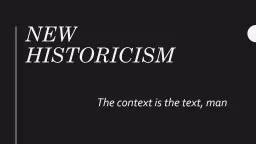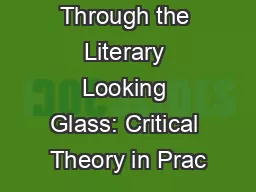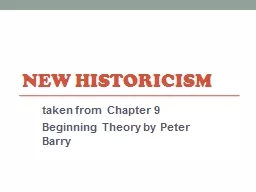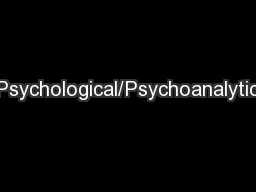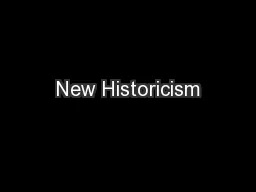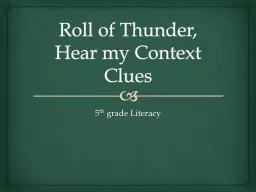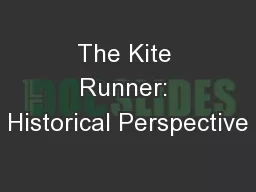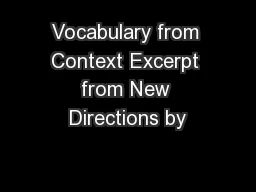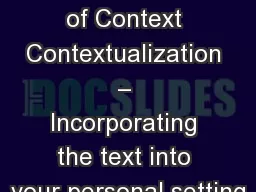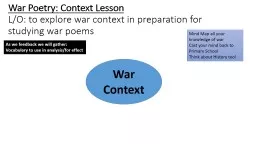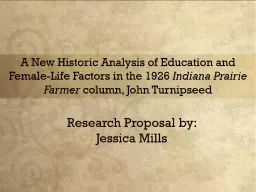PPT-New Historicism The context is the text, man
Author : stefany-barnette | Published Date : 2018-12-16
A Modern School of Thought New Historicism originated in the 1980s and 1990s through Harvard English Professor Stephen Greenblatt The New Historicism lens says that
Presentation Embed Code
Download Presentation
Download Presentation The PPT/PDF document "New Historicism The context is the text,..." is the property of its rightful owner. Permission is granted to download and print the materials on this website for personal, non-commercial use only, and to display it on your personal computer provided you do not modify the materials and that you retain all copyright notices contained in the materials. By downloading content from our website, you accept the terms of this agreement.
New Historicism The context is the text, man: Transcript
Download Rules Of Document
"New Historicism The context is the text, man"The content belongs to its owner. You may download and print it for personal use, without modification, and keep all copyright notices. By downloading, you agree to these terms.
Related Documents

